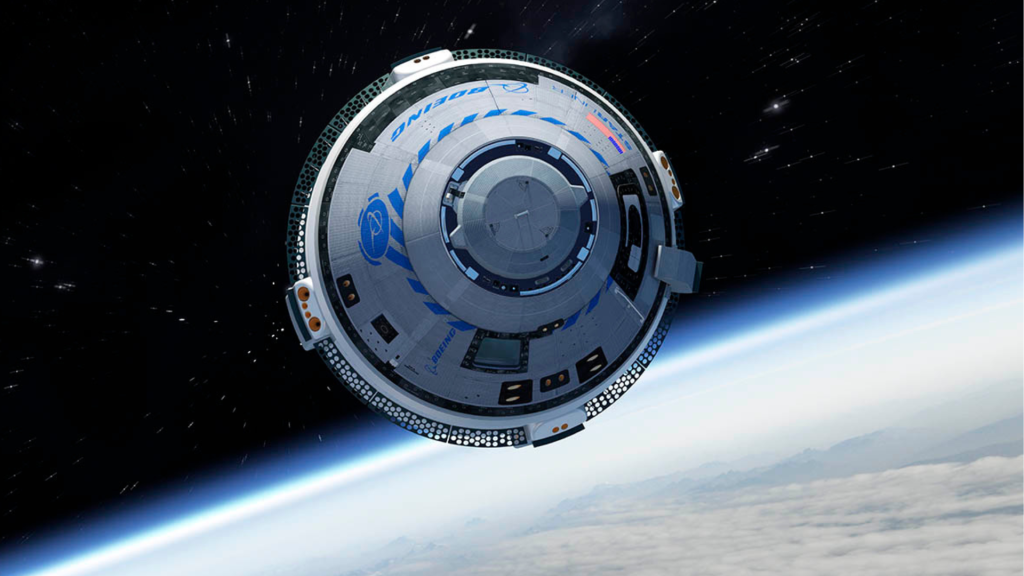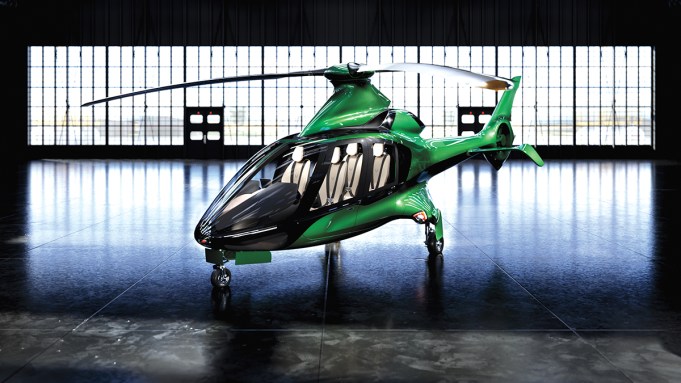Boeing Starliner’s helium headache becomes China’s missile miracle, claims study – Interesting Engineering

The research team found that helium can dramatically increase rocket efficiency while also reducing its exhaust plume temperature.a day agoa day agoa day agoa day ago2 days ago2 days ago2 days ago2 days ago2 days ago2 days ago3 minutes ago4 hours ago4 hours ago5 hours ago5 hours ago5 hours ago6 hours ago6 hours ago7 hours ago7 hours agoChristopher McFaddenThe timing and nature of this breakthrough could escalate military competition between the U.S. and China. (Representational image)Boeing
Chinese researchers have reportedly made a breakthrough in missile and rocket propulsion inspired by flaws in Boeing’s Starliner spacecraft. They found that helium could enhance efficiency and thrust while also reducing exhaust temperatures.The discovery was allegedly inspired by issues with Starliner, which have left two NASA astronauts stranded on the International Space Station (ISS) since June 2024. This issue is helium leakage from the spacecraft. At the time of writing, plans are afoot to return the astronauts sometime in the first quarter of 2025.Helium is commonly used to help pressurize fuel systems, but these leaks have effectively paralyzed the spacecraft. Building on this, a team of Chinese scientists at Harbin Engineering University found a way to inject helium into solid-fuel rocket motors, improving thrust and stealth capabilities.They found that this technique effectively tripled the thrust of solid-fuel rockets on demand. The team also discovered that adding helium dramatically reduced the rocket’s exhaust temperature.This could, in theory, help reduce the chances of such rockets being detected by infrared sensors. According to the researchers, since helium is an ultralight gas (having a density of 0.166 kg/m 3 or 4 g/mol), it can expand rapidly when injected into a rocket’s combustion chamber.If this injection is precisely controlled (about 1 part to 4 helium to combustion gases) through tiny 2mm pores, impressive results can be achieved. The team found that the rocket’s specific impulse efficiency was increased by 5.77% by doing this.Furthermore, they found that the rocket engine received 300% more thrust on demand. They also found that the exhaust temperature was reduced by 2420.6°F (1,327°C), making the plume much more challenging to detect by heat-seeking sensors.Moreover, the team reports that the flight will remain smooth. Helium’s inert nature avoids combustion instability, unlike volatile alternatives such as hydrogen.The research team, led by aerospace researcher Yang Zenan, published their interesting findings in the journal Acta Aeronautica et Astronautica Sinica this month. The concept was tested using computer simulation. This matters as modern missile defense systems, like SpaceX’s Starshield satellites and the SM-3 Block IIA interceptor, rely on detecting hot rocket plumes. Helium could provide a means of circumventing such systems, improving missile survivability.The ability to adjust thrust in real-time from 100% to 313% could allow missiles to change speeds unpredictably, making them harder to intercept. The method could also be applied to solid-fuel space launch systems, allowing quick, cost-effective deployment of satellites.If reports on this breakthrough are accurate, this could significantly advance Chinese missile capabilities, especially in hypersonic warfare. However, there are also critical potential benefits outside of military technology.For example, it also has potential civilian applications in space travel, making rockets more efficient and cost-effective. According to the researchers, the technology could also be used on fast-response solid-fuel rockets to launch satellites at a lower cost, a capability urgently needed by the military.The timing and nature of this breakthrough could escalate military competition between the U.S. and China, especially in missile defense and hypersonic technology.Christopher McFadden Christopher graduated from Cardiff University in 2004 with a Masters Degree in Geology. Since then, he has worked exclusively within the Built Environment, Occupational Health and Safety and Environmental Consultancy industries. He is a qualified and accredited Energy Consultant, Green Deal Assessor and Practitioner member of IEMA. Chris’s main interests range from Science and Engineering, Military and Ancient History to Politics and Philosophy.Stay up-to-date on engineering, tech, space, and science news with The Blueprint.By clicking sign up, you confirm that you accept this site’s Terms of Use and Privacy Policya day agoa day agoa day agoPremiumIE PROFollow
Source: https://interestingengineering.com/science/boeing-starliners-helium-now-china-missile-miracle






